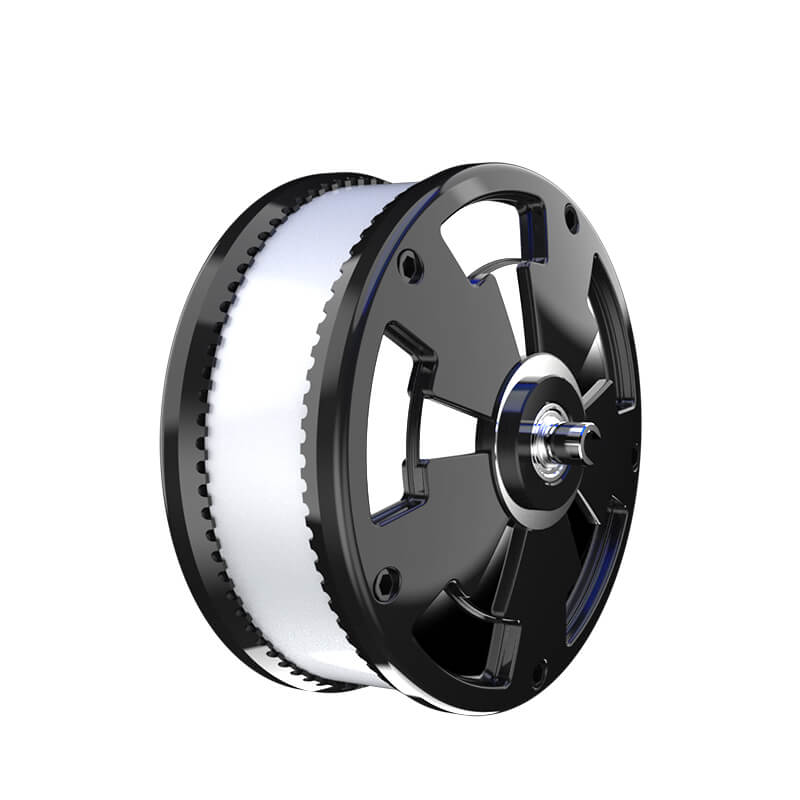When you're diving into the world of micro servos, it's hard to overlook the importance of voltage compatibility. The SG90 micro servo, one of the most popular choices for hobbyists and small projects, is no exception. Whether you’re designing a robot arm, a model airplane, or a small automated system, understanding the voltage requirements of your SG90 can make or break your project.

The SG90 micro servo is known for its compact size and efficiency, making it ideal for a wide range of applications. But what exactly makes it tick when it comes to voltage?
First off, the SG90 operates most efficiently at 4.8V to 6V, which is perfect for those standard battery packs and small power supplies. But why is this voltage range so important? Think of voltage like fuel for your servo—it needs just the right amount to perform at its best. If you go below 4.8V, you might notice slower movements or weaker torque, which could affect the performance of your project. On the flip side, running it above 6V could potentially overheat the motor, leading to malfunction or reduced lifespan.
Here’s a little real-world scenario to illustrate: Imagine you're building a drone and need a tiny, lightweight servo to control the rudder. You decide to use the SG90 because of its small footprint and reliable performance. You power it with a 7.4V battery to get that extra punch. Sure enough, the servo moves faster, but after a few tests, it begins to overheat and loses precision. That’s the kind of scenario where staying within the recommended voltage range would save you a lot of headaches.
Now, let’s talk about how you can choose the right power source. You’ll typically find that a 5V power supply is the sweet spot for most small projects. If you want to maximize efficiency and avoid unnecessary wear and tear, opt for a stable 5V source—whether that’s a regulated power supply or a simple battery pack designed to deliver the right voltage.
You might be wondering, “Is it safe to use a 3.7V battery?” Technically, yes, but you’ll notice a big drop in performance. The servo will still work, but with reduced speed and torque. It’s like trying to run a car on half-empty fuel—still functional, but not quite optimal.
Many people who experiment with SG90 servos also wonder if they can combine multiple servos for more complex projects. The answer is yes, but with a twist: keep a close eye on your voltage distribution. If you're connecting several servos to the same power supply, make sure it's capable of handling the cumulative voltage and current needs. Otherwise, you might run into power supply issues or uneven performance.
In the end, when it comes to powering your SG90 micro servo, it’s all about balance. Keep it within that sweet spot of 4.8V to 6V, and you’ll get smooth, reliable performance. And as always, testing is key—before you dive into a full-scale project, take the time to test the servo with your power source to ensure it runs as expected.
If you're still unsure about voltage compatibility or other aspects of using the SG90, feel free to reach out to others who have been through the process. There’s a large community of hobbyists who’ve learned from experience and are more than happy to share their insights.
Kpower has delivered professional drive system solutions to over 500 enterprise clients globally with products covering various fields such as Smart Home Systems, Automatic Electronics, Robotics, Precision Agriculture, Drones, and Industrial Automation.




































